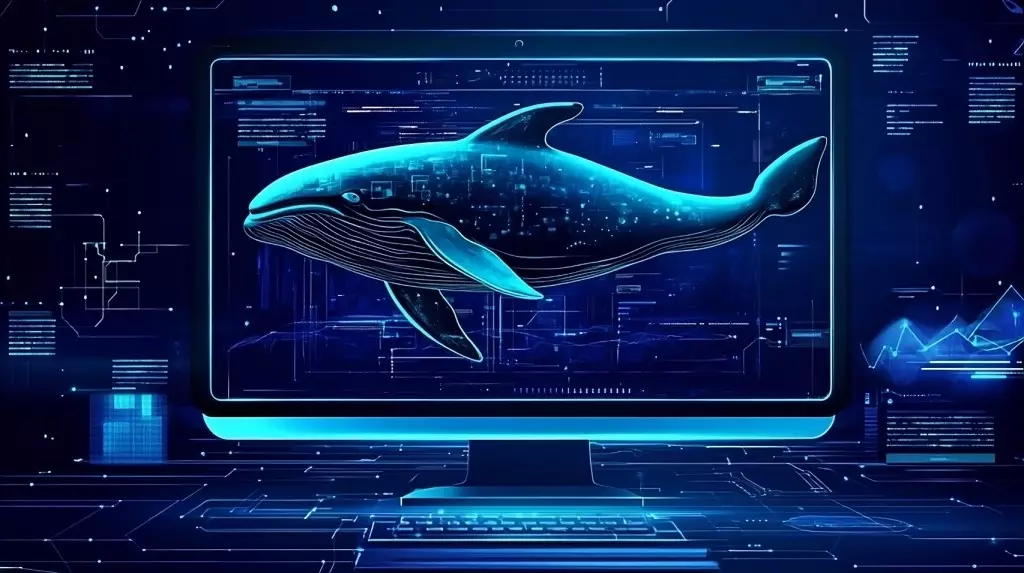The field of artificial intelligence (AI) is undergoing a fundamental transformation, catalyzed by groundbreaking advancements such as DeepSeek, which have begun to redefine our conventional approach to AI model development. As we stand at this pivotal moment, the prevailing understanding is shifting from relying solely on raw computational power to focusing on orchestrating human-like reasoning and interactive capabilities with AI systems. This reimagining marks the dawn of what many are calling a “reasoning renaissance” in the artificial intelligence landscape.
DeepSeek’s impressive performance without dependency on advanced chips emphasizes a critical juncture in AI development. The effectiveness of their models disrupts the previously held notion that sheer computational power was paramount for success. Instead, we find ourselves exploring how these technologies can engage effectively with human cognition and the complex realities of our environment. This shift is akin to what transpired during the early days of ChatGPT, underscoring a move toward intelligence-oriented designs rather than raw horsepower.
A significant point made by industry experts, including former OpenAI chief scientist Ilya Sutskever during a recent keynote, highlights the end of pretraining due to limitations found within finite internet data. The breakthrough achieved by DeepSeek reinforces this perspective. Their remarkably efficient R1 model delivers performance par with OpenAI’s offerings but at a reduced cost. This outcome suggests a burgeoning route where innovation transcends reliance on escalating computational requirements.
Accompanying this transformation is the rise of world models that aspire to understand environmental realities from a human perspective. World Labs’ recent investment of $230 million aims to create AI systems that echo human cognitive processes, much like the R1 model from DeepSeek, which demonstrates an incredible capacity for dynamic problem-solving. These systems showcase the potential to revolutionize fields from environmental studies to enhanced interactions between humans and AI.
Take the recent advancements fostered by Meta with their smart glasses, which facilitate seamless, ongoing conversations with AI assistants. This innovation illustrates not just auditory interface updates but the foundational change in how AI can empower human capabilities without necessitating cumbersome model pre-training processes.
However, the path forward isn’t without its complexities. The efficiency gains attributed to DeepSeek’s methodologies may evoke a phenomenon known as Jevons Paradox, wherein enhancements in efficiency lead to unexpected increases in resource consumption. In the context of AI, achieving lower training costs could incentivize more organizations to develop multiple models, thereby amplifying overall energy usage. It highlights a pertinent dilemma: how do we incorporate efficiency without exacerbating our resource footprint?
Nevertheless, DeepSeek’s innovation is particularly significant in its indication that high-performance AI is accessible without the need for leading-edge hardware. By shifting the focus from raw computation to intelligent design, there is an opportunity to potentially avoid falling into the traps of increased resource dependency.
The future trajectory for AI endeavors necessitates a fundamental reshaping of architecture. Enterprises must concentrate on deploying specialized AI agents that work together rather than investing in massive singular models. As articulated by experts, addressing both performance and environmental considerations is crucial for sustainable progress. Structure our technological frameworks to facilitate iterative growth with human input can lead to more meaningful developments.
The excitement surrounding DeepSeek’s recent achievements signals a broader paradigm shift. With pretraining architectures approaching their limits, innovative companies have begun to find pathways toward efficient models that deliver high functionality without unnecessarily augmenting computational demands. This incites not only an examination of traditional AI methodologies but an opportunity to explore imaginative solutions.
As we observe the evolution of AI toward smarter, more efficient methodologies, what stands out is the immense potential for creative problem-solving. The traditional “bigger is better” mentality is being challenged, allowing for the emergence of smaller, specialized agents capable of collaboratively addressing challenges in fresh, innovative ways. For entrepreneurs and enterprises prepared to adopt this transformative mindset, this is an exhilarating moment—a chance to contribute positively to both technology and the environment, rekindling the joy of building AI systems that truly align with human values and ecological considerations. As we embark on this journey, the horizon is bright with possibility.

